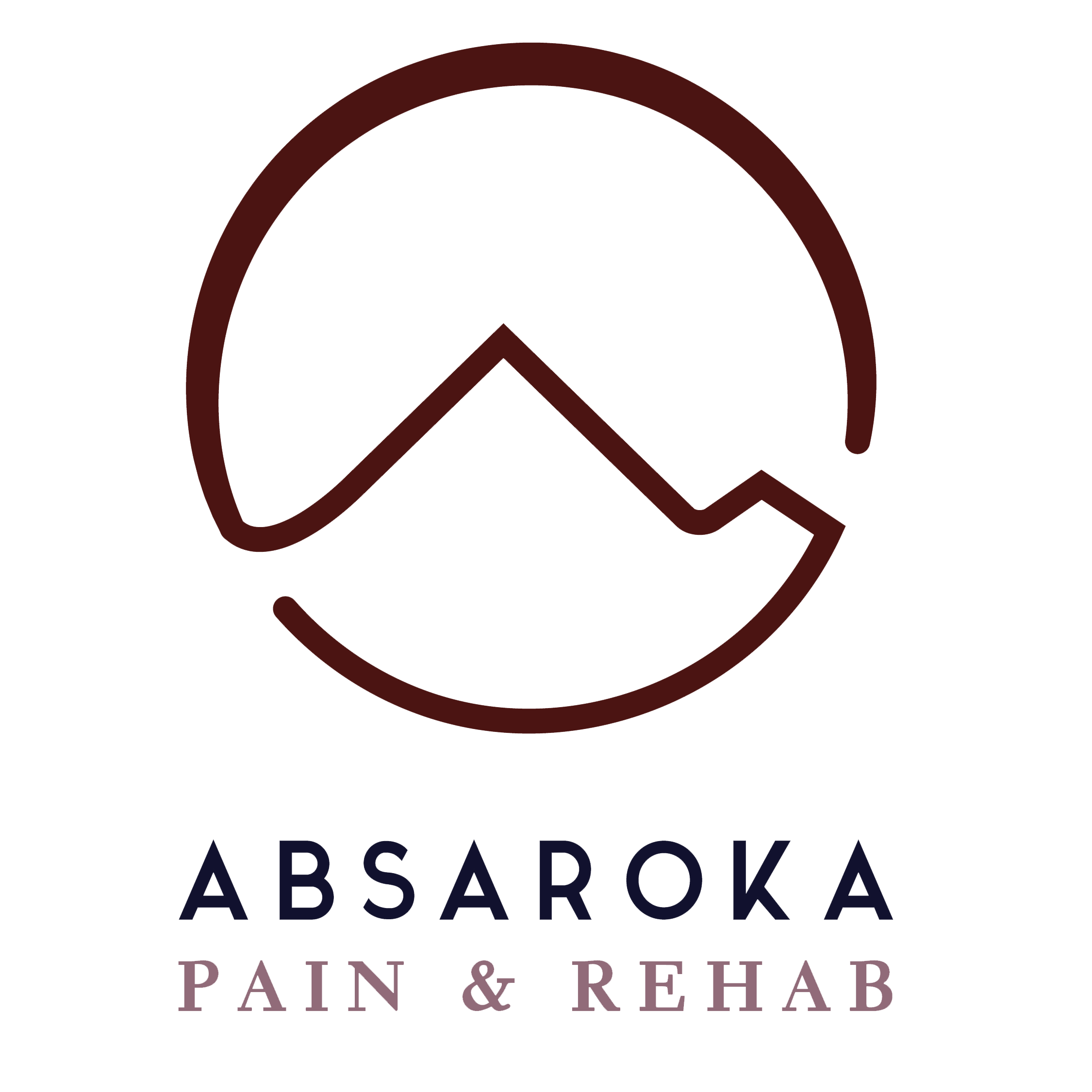In Montana we get a wide range of temperatures. What a wonderful thing to experience all four seasons in such a beautiful place! Each season has its ups and downs, but what is the one thing that is seen across all seasons? The one thing that does not...
Follow Us x
While surgery is a monumental step in the healing process, it's only the beginning. What you do for your body post-operation is imperative to a full recovery. Allowing your tissue proper healing time while actively increasing functionality will help you return to activities of daily living as quickly and efficiently as possible.
Our Approach to Post-Op Therapy
Call Today at (406) 587-8446
We take a highly technical, methodical approach to treating patients during their post-op recovery. Our therapists begin by focusing on returning your range of motion, then move into muscle activation, followed by strengthening, increased velocity, and finally a return to high level function. Our goal is not just to get you feeling better but to get you back to the same level of output you were at before your operation-playing your favorite sport, running, engaging with your family, etc.
Treatment at the beginning of your physical therapy regimen will be more frequent and slowly taper off as your progress. We believe in educating our patients and empowering them to be an active part of their own recovery. This means that after being in treatment for some time, you will be able to carry out a home exercise program on your own. For best results, patients need to be an active participating factor for optimal success.
Whether you're dealing with a rotator cuff repair, spinal disc or back surgery, knee, neck, hip, or shoulder replacement, ACL or MCL repair and more, we're ready to help.
Chiropractic treatment is not uncommon for kids. In fact there is such a wide range of uses for chiropractic care for kids 18 years old and younger, including newborns! Many families might be hesitant to come in to see a chiropractor over their...
The SI joint is the joint attaching the hip bones to the sacrum at the bottom of the spine. It’s primary function is shock absorption between the upper body and lower body when walking or lifting. It is also responsible for limiting motion when...
Almost everyone suffers pain at some point in their lives, and one of the options available is to visit a chiropractor. According to research published in the Journal of the American Medical Association, spinal adjustments can help to reduce pain...
What is Forward Neck Posture? Maybe you’ve never heard of the term Forward Neck Posture, but you’ve certainly seen it. Also quite commonly referred to as iHunch or Computer Neck, Forward Neck Posture affects mass swaths of the global...
After a car accident, it is not uncommon for victims to visit a chiropractor. Even if a person does not sustain visible or life-threatening injuries, car accidents often result in tissue, nerve and joint damage. This can lead to chronic pain,...
While there are thousands of Americans walking around with Forward Head Posture every day, from toddlers to senior citizens, many are completely unaware that they are dealing with this condition. More often than not, they will experience some of the...
When it comes to headaches, the list of possible causes can run longer than the Great Wall. And with the staggering number of people suffering from headaches, the reasons are sure to vary. In developed countries, nearly 33% of men and...


